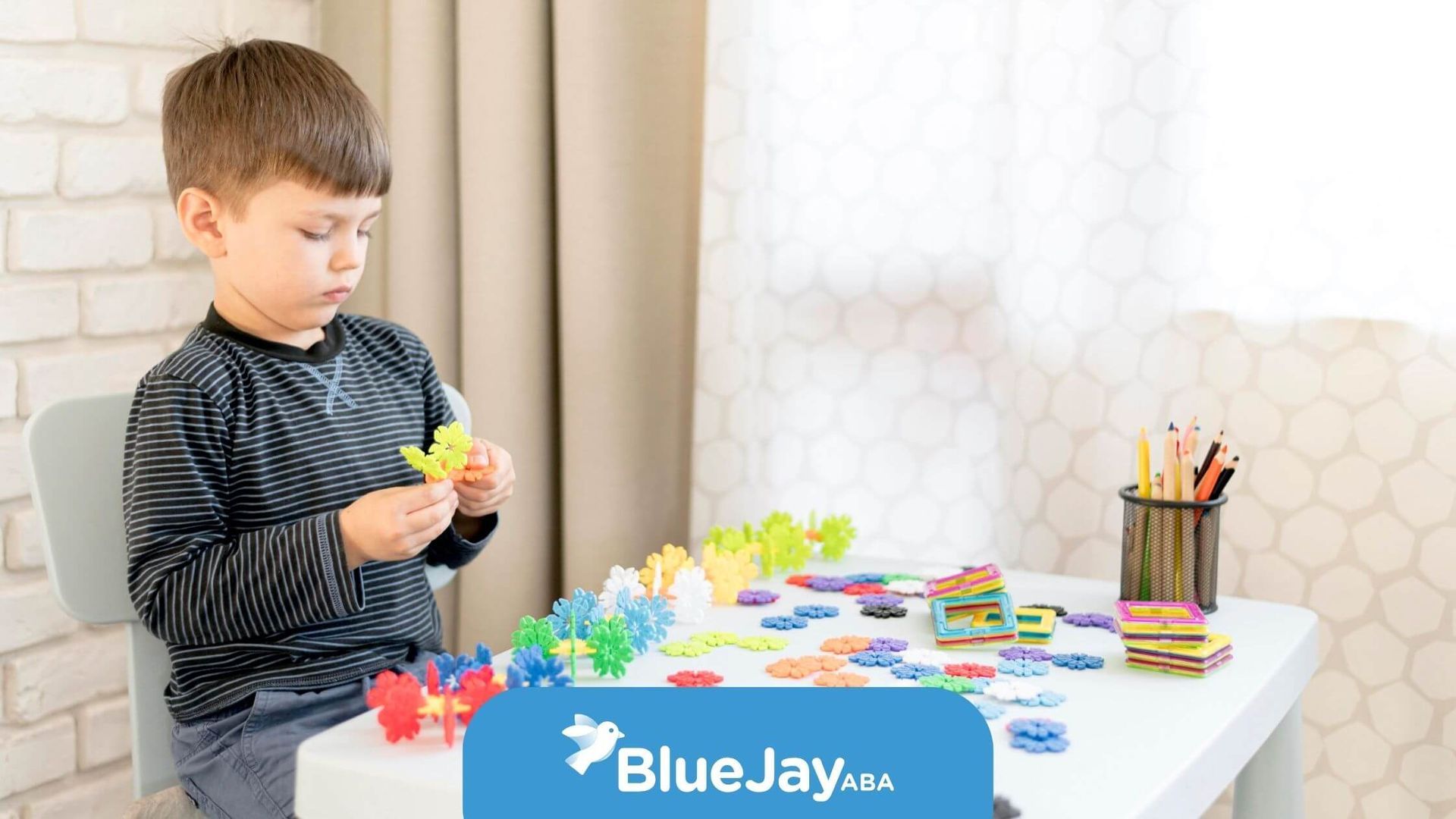How to Calm an Autistic Child: Expert Tips for Parents
Supporting an autistic child through emotional distress starts with understanding their unique sensory world. Once you learn their cues, your response becomes their comfort.
One boy I supported in in-home ABA therapy felt overwhelmed by bright classroom lights. With his teacher’s help, we adjusted the lighting and added calming tools. The difference in his mood and focus was incredible.
In this guide, we’ll walk you through practical tips to recognize early signs, avoid common triggers, and create calming routines. From building a sensory toolkit to using effective communication techniques, this article offers supportive advice to help you comfort and empower your child during challenging moments.
What Is an Autistic Meltdown?
Meltdowns vs. Tantrums
An autistic meltdown is not a tantrum. It’s an involuntary response to overwhelming sensory or emotional input.
Your child may cry, scream, shut down, or show physical signs of distress—not because they want attention, but because they’re overstimulated.
Why Understanding Matters
Knowing the difference between a meltdown and typical behavior challenges helps you respond with empathy and practical support. This includes teaching your child emotional regulation skills and recognizing what environments or experiences might set them off.
Spotting Signs of Overwhelm
Physical and Emotional Clues
Watch for behaviors like pacing, hand-covering, sudden silence, or withdrawal. These may signal your child is nearing sensory overload.
What to Do When You Notice the Signs
When you spot early signs, stay calm. Offer reassurance or guide them to a quieter space. Early intervention for autism can often prevent a full meltdown.
Common Triggers for Autistic Children
Environmental and Sensory Triggers
- Bright or flickering lights
- Loud or sudden noises
- Unfamiliar smells
- Overcrowded or visually busy spaces
Changes in Routine
Unexpected transitions or schedule changes can also be upsetting. Try to maintain consistency in their day-to-day life.
How to Track Triggers
Keep a journal of your child’s meltdowns and what happened before them. Patterns often reveal themselves and help you avoid or prepare for similar situations.
Preparing for Calming Moments in Advance
Create a Safe Space
Design a quiet, comfortable place at home with soft lighting, calming textures, and minimal distractions. This gives your child a retreat when emotions become too much.
Practice Familiar Comfort Activities
Incorporate calming activities into daily routines. Gentle music, storytelling, or quiet time with a weighted blanket can help your child self-regulate.
Bring Tools When You’re Out
Always have a few calming tools on hand when leaving home—noise-canceling headphones, chewable jewelry, or a favorite toy can make a big difference.
Building a Predictable Routine
Why Structure Matters
A consistent schedule can help your child feel secure. Predictability lowers anxiety and helps them anticipate what’s next.
Use Visual Schedules
Charts or cards with images can guide your child through the day. Place them where your child can easily see and follow them.
Set Clear, Achievable Tasks
Keep tasks simple and reward progress. This builds confidence and reduces frustration.
Creating a Sensory Toolkit
What to Include
Build a toolkit tailored to your child’s needs. Include items that soothe or focus their senses.
| Sensory Tool | Example |
|---|---|
| Fidget Toys | Spinners, stress balls |
| Noise-Canceling Headphones | Helps reduce overwhelming sounds |
| Weighted Items | Blankets or vests |
| Visual Aids | Picture schedules or flashcards |
| Comfort Objects | Soft toys or familiar items |
When to Use It
Your child can use this toolkit at home, school, or in public spaces. Teach them how and when to use each item for support.
Calming Strategies During a Meltdown
Stay Calm and Offer Support
Your own tone and body language matter. Speak slowly and softly. Offer items from their sensory toolkit and avoid overwhelming stimuli.
Use Deep Pressure
Gentle pressure, such as a firm hug (if your child welcomes it) or a weighted blanket, can soothe the nervous system and help restore balance.
Guide Them to a Safe Spot
Lead your child to a quiet, dim space. Reducing noise, light, and movement around them can make it easier for them to recover.
Managing the Environment
Create Low-Stimulation Zones
Whether at home or school, your child should always have access to a calm area. Use soft textures, muted lighting, and relaxing sounds.
Plan Ahead in Public
Identify quieter spots in advance when you’re going to stores, events, or travel locations. Having a plan helps you act quickly if your child becomes overwhelmed.
Communicating During Stressful Moments
Keep Language Simple
Use short, clear phrases. Instead of “Can you calm down and tell me what you need?” try “Let’s take a deep breath.”
Use Visuals to Support Communication
If your child uses a picture exchange communication system (PECS), keep it nearby. Pointing to pictures can help express needs without speaking.
Practicing Active Listening and Empathy
Watch Nonverbal Cues
Sometimes your child won’t be able to explain what’s wrong. Notice body language—like avoiding eye contact, stiff movements, or facial expressions.
Offer Reassurance
Say things like “You’re safe” or “I’m here with you.” Avoid asking too many questions or giving instructions during the peak of a meltdown.
Build Emotional Trust
Over time, your consistent and calm reactions help your child feel safe expressing themselves.
Conclusion
Supporting your autistic child during meltdowns means learning their cues, building predictable routines, and having the right tools on hand. You don’t need to fix everything—just create an environment where they feel safe, supported, and understood.
Each child on the spectrum is unique. It may take time to find what works best, and that’s okay. Don’t hesitate to reach out for professional guidance tailored to your family’s needs.
Want help getting started?
At Blue Jay ABA, we specialize in helping children on the autism spectrum build coping skills, emotional regulation, and independence.
Our experienced team tailors every plan to your child’s unique needs—whether it’s managing meltdowns, improving communication, or creating daily routines that work.
You don’t have to do this alone. Let us help you and your child thrive.
Reach out to Blue Jay ABA today!
Frequently Asked Questions
How can I help my autistic child calm down quickly?
Use sensory tools like headphones or fidget toys. Take them to a quiet space and offer deep pressure or comfort items they enjoy.
What should I avoid during a meltdown?
Avoid loud environments, bright lights, or using harsh language. Never punish or shame your child for behaviors driven by overload.
Are there specific calming activities that work best?
Yes—weighted blankets, quiet time, deep breathing, and familiar routines often help. Find what your child responds to and use it consistently.
Related Posts






